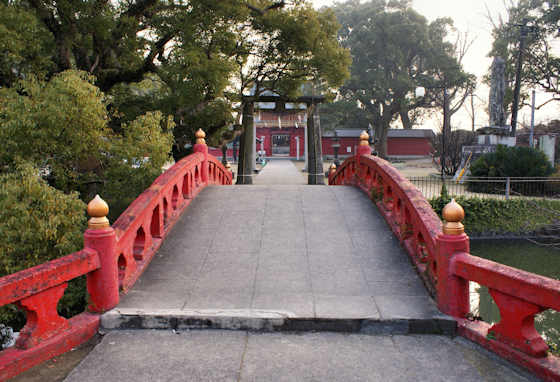Showing posts with label camphor. Show all posts
Showing posts with label camphor. Show all posts
Tuesday, February 6, 2024
Tozenji Temple 74 on the Kyushu pilgrimage
Labels:
camphor,
Fudo Myojin,
gyoki,
kyushu108,
sacred tree,
temple,
yakushi
Thursday, May 11, 2023
Higashikawanobori Kifune Shrine
The previous post was on Uchida Tenmangu.
Labels:
camphor,
kifune,
komainu,
kyushu108,
sacred tree,
Shrine,
takeo onsen
Wednesday, May 10, 2023
Uchida Tenmangu
I'm on day 58 of my walk along the Kyushu Pilgrimage, though I am making quite a detour in order to visit a site that will be closing down in a few weeks....
The previous post was the nearby Otsubo Quarry.
Labels:
camphor,
kyushu108,
sacred tree,
Shrine,
sugawara michizane,
tenmangu,
torii
Friday, April 21, 2023
Tokei Shrine Tanabe World Heritage Site
Tokei Shrine Tanabe World Heritage Site
Tokei Shrine is the main shrine of Tanabe, Wakayama, known as the gateway to the Kumano Kodo.
The famed warrior-monk Benkei, known primarily as the sidekick of Yoshitsune, was born in Tanabe and a statue in the shrine depicts him with his father and some chickens.
I arrived here at the end of my 4th day walking the Saigoku Pilgrimage. The previous post in the series was Takahara to Takajirioji on the Nakahechi.
Labels:
benkei,
camphor,
ema,
kumano kodo,
sacred tree,
saigoku,
Shrine,
torii
Saturday, October 1, 2022
Path of Light at KitanoTenmangu Kurume
Saturday, March 6, 2021
Matsubase Shrine
Matsubase is a small town in Kumamoto that I reached in the afternoon of my 45th day walking around Kyushu. Matsubase Shrine is the main shrine in the centre of town.
Labels:
camphor,
fall,
hayatamano,
izanami,
kotosakano,
kyushu108,
shimenawa,
shinboku,
Shrine
Subscribe to:
Posts (Atom)























































